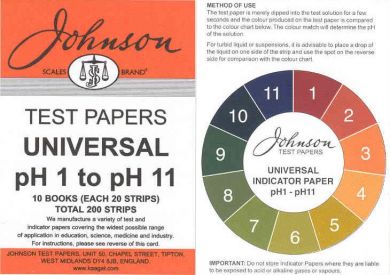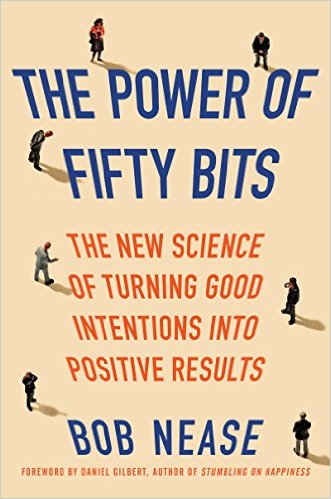 New York Times writer David Leonhardt offers his test for healthcare reform: how a new system manages prostate cancer cases. Leonhardt writes:
New York Times writer David Leonhardt offers his test for healthcare reform: how a new system manages prostate cancer cases. Leonhardt writes:
The prostate cancer test will determine whether President Obama and Congress put together a bill that begins to fix the fundamental problem with our medical system: the combination of soaring costs and mediocre results. If they don’t, the medical system will remain deeply troubled, no matter what other improvements they make.
The reason? The only compelling evidence about the difference between available treatments is cost, ranging from about $2,500 for watchful waiting to more than $50,000 for advanced radiation therapy.
To make matters worse, many patients are unaware that the data on relative effectiveness is profoundly skimpy and of the side effects of the different treatments (let alone the differences in cost). Getting the prostate cancer decision right, Leonhardt points out, requires running head-to-head comparisons of the various treatments, getting the resulting information to patients and physicians, and aligning incentives so that providers make money improving health rather than performing procedures.
But as Peter Orszag and others have pointed out, we’re not without hope. The geographical variations in care documented by the Dartmouth team demonstrates that there are pockets of lower cost, higher quality providers in the United States today.
(Note: this entry originally appeared at consumerology.com)

